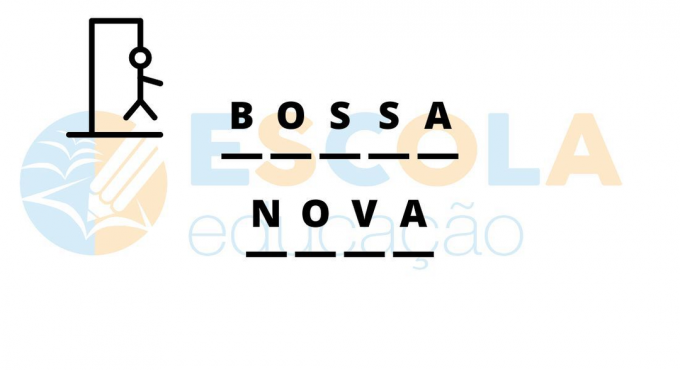Previously, one of the alternatives most used by students to study was to consult encyclopedias: if you didn't have one at home (which was almost an ostentation), you needed to run to one library. We accessed an entry and immediately got in touch with the information we were looking for. At that time, in the early days of information technology and the internet, hypertext was present in the pages of a book, taking shape on printed paper. How could we imagine that, years later, information would be available with a simple touch on the liquid crystal screen or the click of a Mouse?
We replaced paper with the non-physical information present in electron clouds. It is in this immateriality that the concept of hypertext found the ideal way of life, as never before in history did it make so much sense to speak of communicational dynamism. Hypertext is a kind of larger text formed by several other textual elements, which allows multiple readings in different directions. When you access an article on the internet and click on hyperlinks available in the body of the text, you are building an information network with unlimited access to other texts instantly.
Links and hyperlinks allow the reader to freely follow a virtual path in search of the information they need, all done in a practical and convenient way, without having to leave the house to consult, for example, books in a library. The origin of the term hypertext emerged in the 60s, its creator was Theodor H. Nelson — philosopher, sociologist and pioneer of Information Technology. He defined the concept of hypertext as “non-sequential associated writings, possible connections to follow, opportunities to read in different directions”. As we read his definition, it's hard to imagine that he wasn't referring to the internet, but rather to a type of electronic text created using a radically new technology. Nelson was a visionary, as in the 60s the Internet it wasn't even a possibility!

Ted Nelson is an American philosopher and sociologist, pioneer of Information Technology and inventor of the terms hypertext and hypermedia
If before the notion of hypertext already existed, present in footnotes, dictionaries and encyclopedia entries, with the advent of the internet, it was popularized. However, we should not associate the idea of hypertext only with the virtual environment, since it is a form organizational found also on paper, although it is more dynamic and easily achievable in texts virtual. Although it is difficult to dissociate hypertext from information technology, we must understand it, above all, as a type of intertextuality which is intrinsically linked to the evolution of modes of reading and writing organization, an area that concerns textual linguistics. This non-linear and non-hierarchical writing/reading process proves the fact that the relationship between text and readers has undergone several changes throughout history. We are constantly presented with a multitude of supports that, consequently, offer us an infinity of possible readings, which only contributes to our incessant desire to to meet.
By Luana Castro
Graduated in Letters


